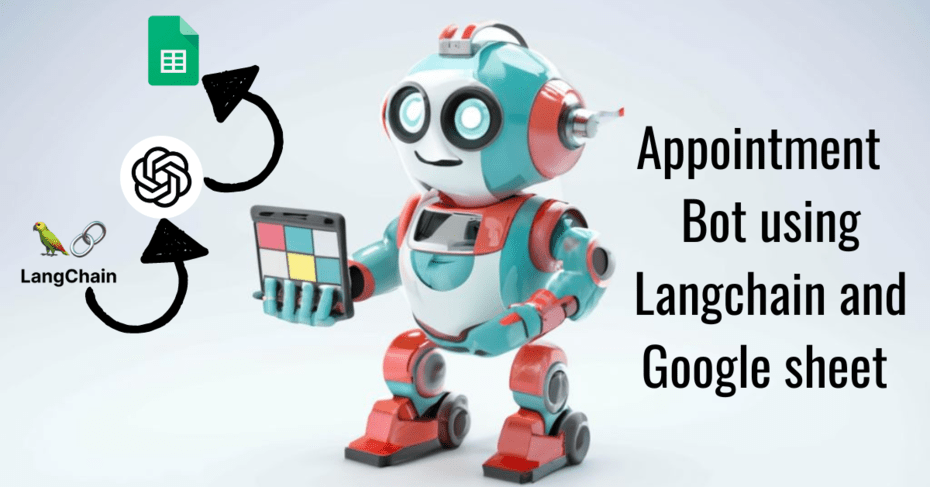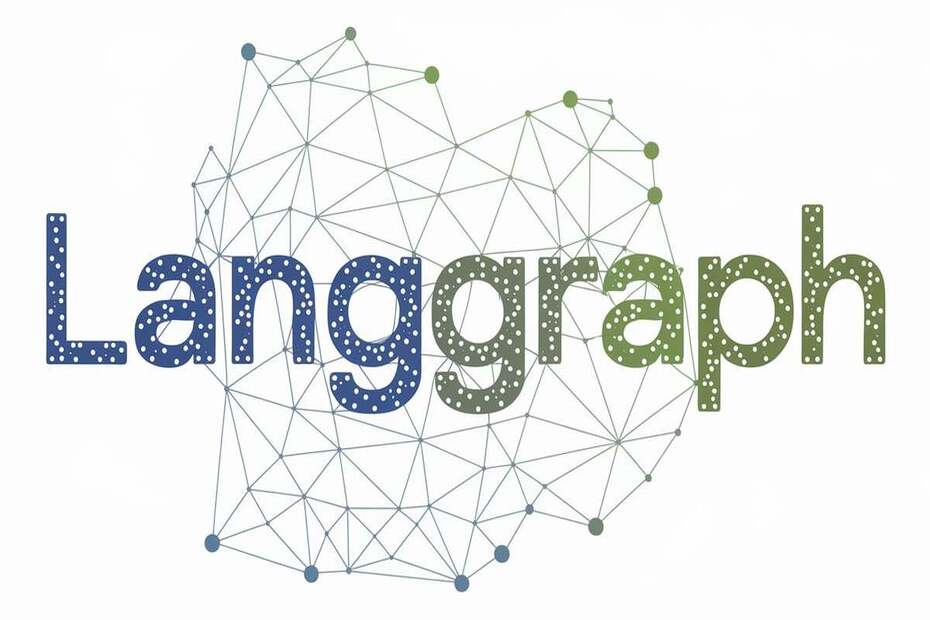When building sophisticated AI workflows using LangGraph, performance optimization and cost control become essential. One of the most effective features that helps streamline LangGraph routing is InjectedState. In this blog, we’ll explore how InjectedState in LangGraph reduces router latency, minimizes token usage, and improves the efficiency of AI applications built with LangGraph.
What Is LangGraph?

LangGraph is an open-source framework designed for building stateful, multi-step AI agents. It represents workflows as graphs, where each node performs a specific task or decision. LangGraph enables structured, dynamic control flow using tools and agents backed by large language models (LLMs).
At the heart of LangGraph lies the router—a component powered by LLMs that determines the next step in the graph based on the current state and the available tools.
The Routing Challenge
LangGraph’s router works by sending a tool call schema to the LLM. This schema includes the name and description of each tool along with the expected input arguments. When these tools require large pieces of state—such as user history, metadata, or retrieved documents—the schema grows in size, resulting in:
- Larger prompt payloads
- Slower routing decisions
- Increased token consumption and operational cost
This is where the concept of InjectedState proves highly valuable.
What Is InjectedState in LangGraph?
InjectedState is a special annotation in LangGraph that allows developers to mark certain parameters in a tool as “injected.” These parameters are removed from the schema visible to the LLM and instead passed internally during runtime.
Example:
from typing_extensions import Annotated
from langgraph.prebuilt import InjectedState
@tool
def retrieve_context(
question: str,
state: Annotated[dict, InjectedState], # Injected internally, not shown to LLM
) -> str:
return "\n".join(state["docs"])Why Use It?
- The LLM no longer sees or needs to reason about complex state data
- Prompt size is significantly reduced
- Routing becomes faster and more reliable
- Sensitive data stays internal, improving security
How InjectedState Improves Router Performance
1. Reduced Prompt Size
By omitting bulky state fields from the schema, the prompt becomes more concise. This leads to a faster response from the language model and lower token usage.
2. Faster LLM Decisions
With a lighter schema to evaluate, the LLM can select the appropriate tool more quickly, leading to lower latency in routing decisions.
3. Lower Token Cost
Since cost is directly tied to the number of tokens used, a leaner prompt equates to lower API charges.
4. Improved Tool Selection Accuracy
Simplifying tool schemas reduces cognitive load on the model, helping it make more accurate decisions.
5. Secure Data Handling
Injected data does not pass through the LLM, which is particularly beneficial when dealing with sensitive or confidential information.
Schema Comparison
Without InjectedState:
{
"properties": {
"question": {"type": "string"},
"state": {"type": "object"} // Visible and processed by the LLM
}
}
With InjectedState:
{
"properties": {
"question": {"type": "string"}
}
}The reduction in schema size is immediate and impactful.
Injecting Specific Fields
LangGraph allows you to inject specific fields from the state object instead of the entire dictionary. This offers fine-grained control over what is injected.
Example:
@tool
def summarize(
messages: Annotated[list, InjectedState("messages")],
) -> str:
...
This is particularly useful for scenarios like summarizing conversation history, injecting user context, or including retrieved documents.
Best Practices for Using InjectedState
- Use
InjectedStatefor any data that does not need to be visible to the LLM - Avoid including large objects in tool parameters unless absolutely necessary
- Combine with memory or vector stores to keep the workflow scalable
- Monitor performance gains through observability tools like LangSmith
Performance Gains in Practice
Users who apply InjectedState report:
- 20 to 30 percent reduction in routing latency
- Noticeable decrease in token usage per decision
- More stable and deterministic tool selection
- Better performance in long-running, memory-heavy workflows
Conclusion
If you are building multi-step agents or tools in LangGraph and dealing with complex state data, InjectedState is a powerful feature to optimize performance. By offloading unnecessary data from the LLM’s prompt, you reduce latency, cut costs, and build faster, more secure workflows.
For developers aiming to build production-grade AI systems with LangGraph, leveraging InjectedState is not just an option—it’s a best practice.
Also Read: Automating Sales Outreach with AI: Building an Agentic Workflow Using LangGraph


